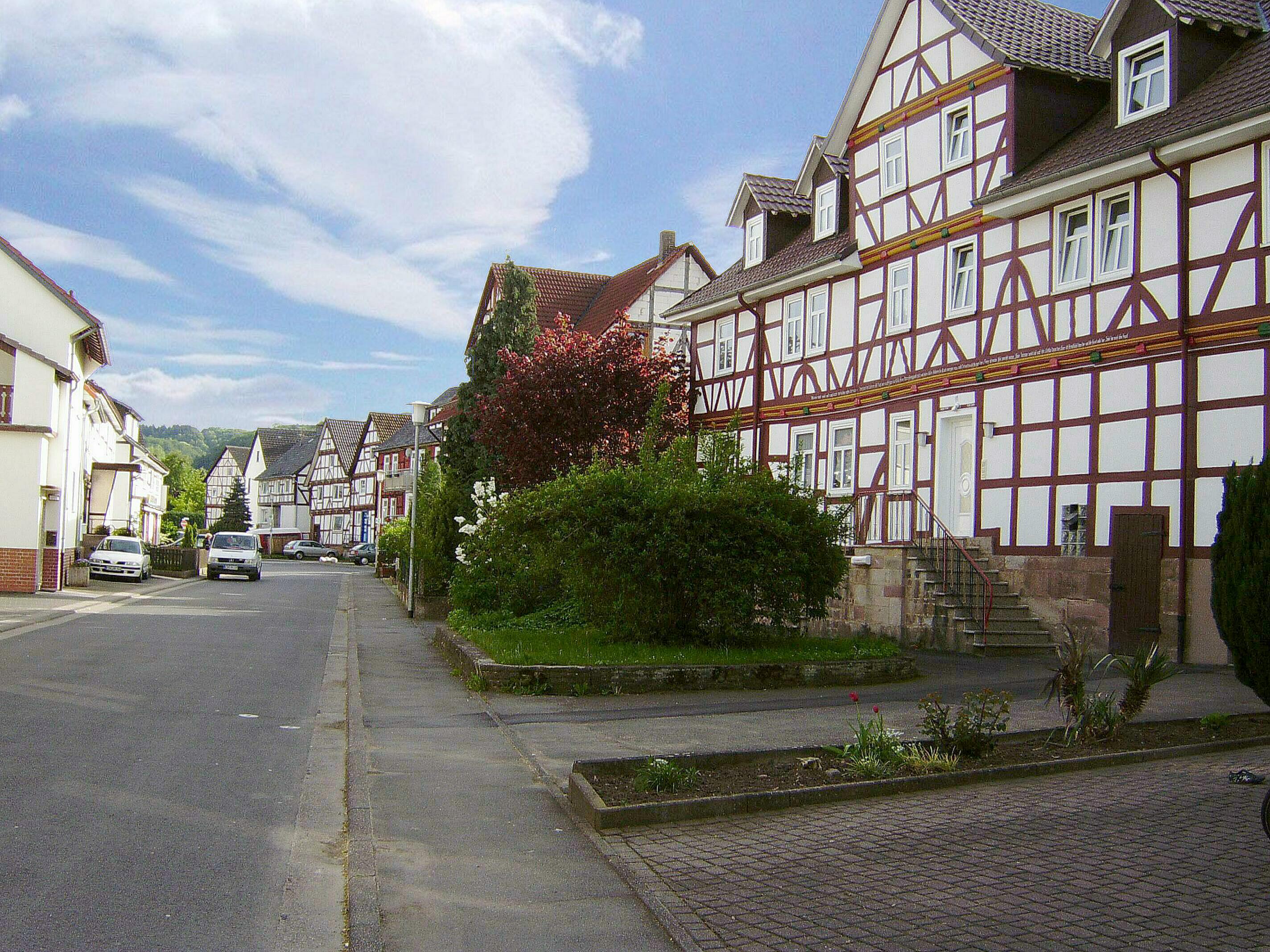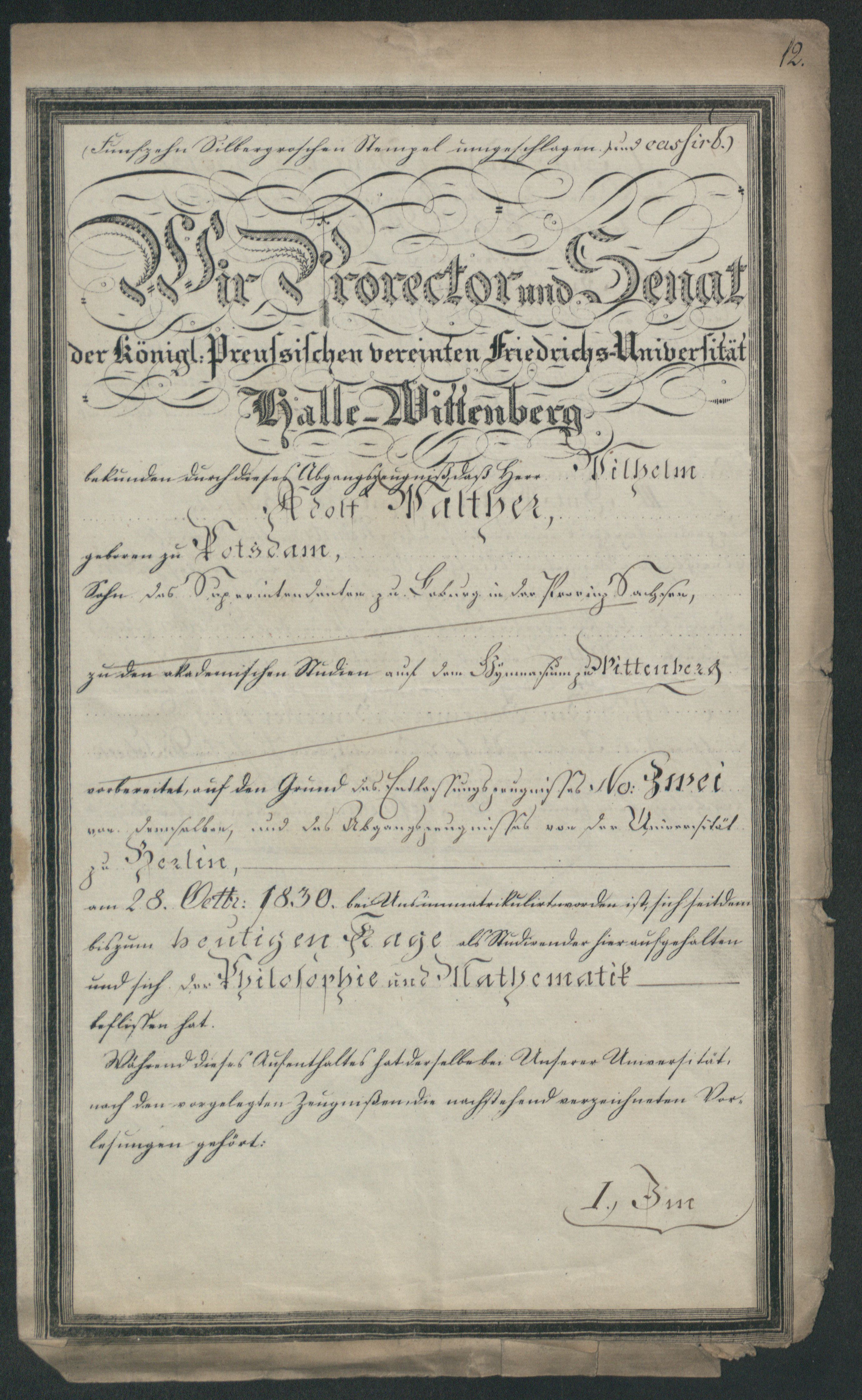|
Günter Tessmann
Günter Theodor Tessmann (also given as Günther Teßmann; 2 April 1884 – 15 November 1969) was a German anthropologist, explorer, botanist and zoologist who travelled in Cameroon, Gabon, Equatorial Guinea and Peru. He wrote a two volume work on the Fang people, ''Die Pangwe'' (1913), and another on the people of Peru in ''Die Indianer Nordost-Perus'' (1930). He also collected natural history specimens and cultural artefacts for German museums, particularly in his hometown Lübeck. A number of species were described from his collections including the plant genera ''Tessmannia'', ''Tessmannianthus, Tassmannianthus'' and ''Chelyocarpus, Tessmanniodoxa''. Tessmann was born in Lübeck to businessman Theodor (1832–1924) and Laura Wöbbe. After school at the Lübeck Katharineum he apprenticed in tropical gardening at Witzenhausen. He travelled to Cameroon to work in a cocoa plantation in 1902. The Lübeck museum supported him to study the local people from 1907 to 1909. He also colle ... [...More Info...] [...Related Items...] OR: [Wikipedia] [Google] [Baidu] |
Günther Tessmann 1912
Günther, Guenther, Ginther, Gunther, and the variants Günter, Guenter, Guenther, Ginter, and Gunter (other), Gunter, are Germanic names derived from ''Gunthere, Gunthari'', composed of '':wikt:Appendix:Proto-Germanic/gunþiz, *gunþiz'' "battle" (Old Norse ''gunnr'') and ''heri, hari'' "army". Gunder and Gunnar are the North Germanic languages, North Germanic equivalents in Scandinavia. The name may refer to: People *Günther (given name) * Günther (singer), the stage persona of Swedish musician Mats Söderlund *Gunther (wrestler), professional wrestler signed to WWE *Günther (surname) Places *Gunther Island, in Humboldt Bay, California *Guenther, Wisconsin, a town in Marathon County Ships *, a number of ships with this name Fictional characters * Gunther, a List of Friends characters#Gunther, character in the television show ''Friends'' * Gunther Magnuson, a character in ''Kick Buttowski: Suburban Daredevil'' * Günther Bachmann, a character in the film ''A Most W ... [...More Info...] [...Related Items...] OR: [Wikipedia] [Google] [Baidu] |
Lübeck
Lübeck (; or ; Latin: ), officially the Hanseatic League, Hanseatic City of Lübeck (), is a city in Northern Germany. With around 220,000 inhabitants, it is the second-largest city on the German Baltic Sea, Baltic coast and the second-largest city in the state of Schleswig-Holstein, after its capital of Kiel. It is the List of cities in Germany by population, 36th-largest city in Germany. The city lies in the Holsatian part of Schleswig-Holstein, on the mouth of the Trave, which flows into the Bay of Lübeck in the borough of Travemünde, and on the Trave's tributary Wakenitz. The island with the historic old town and the districts north of the Trave are also located in the historical region of Wagria. Lübeck is the southwesternmost city on the Baltic Sea, and the closest point of access to the Baltic from Hamburg. The city lies in the Northern Low Saxon, Holsatian dialect area of Low German. The name ''Lübeck'' ultimately stems from the Slavic languages, Slavic root (' ... [...More Info...] [...Related Items...] OR: [Wikipedia] [Google] [Baidu] |
Tessmannia
''Tessmannia'' is a genus of flowering plants in the family Fabaceae. Most species are native to Tropical Africa, and are found in the countries of Angola, Cameroon, the Central African Republic, Congo, Gabon, Ivory Coast, Liberia, Sierra Leone, Tanzania, Zambia, Zaïre and Zimbabwe. ''Tessmannia princeps'' is native to Tanzania. The genus name of ''Tessmannia'' is in honour of Günther Tessmann (1884–1969), a German-Brazilian ethnologist and botanist. He was also an African explorer and plant collector, who later settled in Brazil. It was first described and published in Bot. Jahrb. Syst. Vol.45 on page 295 in 1910. Known species As accepted by the Plants of the World Online Plants of the World Online (POWO) is an online taxonomic database published by the Royal Botanic Gardens, Kew. History Following the Convention on Biological Diversity, the Royal Botanic Gardens in Kew launched Plants of the World Online i ... as of February 2021: * '' Tessmannia africana'' * ... [...More Info...] [...Related Items...] OR: [Wikipedia] [Google] [Baidu] |
Tessmannianthus
''Tessmannianthus'' is a genus of flowering plants in the family Melastomataceae. There are seven species distributed in Central and South America. They are medium to large trees up to tall. The flowers are heterantherous, bearing two types of stamens. These plants are rare, and some are narrow endemics known from only one location. The genus name of ''Tessmannianthus'' is partly in honour of Günther Tessmann (1884–1969), a German-Brazilian ethnologist and botanist. He was also an African explorer and plant collector, who later settled in Brazil. The second part of the name, ''anthos'' refers to flower. Known species * ''Tessmannianthus calcaratus'' (Gleason) Wurdack * ''Tessmannianthus carinatus ''Tessmannianthus carinatus'' is a species of plant in the family Melastomataceae. It is endemic to Panama. It is threatened by habitat loss. References Endemic flora of Panama carinatus Collatus is a genus of very small and minute sea ...'' Almeda * '' Tessmannianthus ... [...More Info...] [...Related Items...] OR: [Wikipedia] [Google] [Baidu] |
Chelyocarpus
''Chelyocarpus'' is a genus of small to medium-sized fan palms which are native to northwestern South America. Some are upright trees, while others creep along the ground. Species are used for thatch, to weave hats, stuff pillows and as a source of salt. Description ''Chelyocarpus'' is a type of small to medium-sized, single or multi-stemmed palms with fan shaped leaves. Stems range from short and creeping along the ground to as much as tall. Stem diameters range from . Individuals have between 10 and 20 leaves with circular blades, the lower surface of which is usually whitish in colour. The flowers are small and bisexual—they have both male and female sex organs in the same flower. The fruit have one or two seeds and ripen to a greenish yellow or brown. Taxonomy The name ''Chelyocarpus'' is derived from Ancient Greek and means "turtle carapace-fruited", a reference to cracked surface of the fruits of the genus, which resemble the shell of a turtle. The species was first de ... [...More Info...] [...Related Items...] OR: [Wikipedia] [Google] [Baidu] |
Witzenhausen
Witzenhausen () is a small town in the Werra-Meißner-Kreis in northeastern Hesse, Germany. It was granted town rights in 1225, and until 1974 was a district seat. The University of Kassel maintains a satellite campus in Witzenhausen, which offers an ecological agricultural sciences programme, putting Witzenhausen among Germany's smallest university towns. There is also a teaching institute (:de:DEULA, DEULA) for environment and technology, agriculture, horticulture and landscaping. The town is nationally known for the invention of the ''Biotonne'' biological refuse container, and is an important cherry-growing area, with a yearly ''Kesperkirmes'' or “Cherry Fair” (''Kesper'' is a regional name for the cherry), at which a Cherry Queen (''Kirschenkönigin'') is chosen. Geography Location Witzenhausen lies on the northeast slope of the Kaufunger Wald, which is surrounded by the Meißner-Kaufunger Wald Nature Park. The town is found at the mouth of the Gelster, where it empties ... [...More Info...] [...Related Items...] OR: [Wikipedia] [Google] [Baidu] |
Fang People
The Fang people, also known as Fãn or Pahouin, are a Bantu peoples, Bantu ethnic group found in Equatorial Guinea, northern Gabon, and southern Cameroon.Fang people Encyclopædia Britannica Representing about 85% of the total population of Equatorial Guinea, concentrated in the Río Muni region, the Fang people are its largest ethnic group. The Fang are also the largest ethnic group in Gabon, making up about a quarter of the population. Language The Fang people speak the Fang language, also known as Pahouin or Pamue or Pangwe. The language is a Northwest Bantu language belonging to the Niger-Congo family of languages.FangEthnologue< ... [...More Info...] [...Related Items...] OR: [Wikipedia] [Google] [Baidu] |
Don I Tison
Don i tison (from Bafia: Town-hill) is the southernmost peak of a mountainous ridge west of the Cameroonian city of Bafia Bafia is a Cameroonian town and commune in the Centre Province region. It is the capital of the Mbam-et-Inoubou department. It lies north of the country's capital Yaoundé. Bafia has approximately 55,700 inhabitants, making it the third-largest .... The nearest populated place is Gouife. In the figurative sense ''Don i Tison'' means ''populated peak''. This comes probably from the fact that a German military base was located here from March 1911 to September 1912 during the Bafia campaign against surrounded populations. Some ruins from this period still remain. Most spectacular is a surrounding wall made from roughly-cut stone. From November 6, 1914, to December 15, 1914, German ethnologist Günther Tessmann used the place as a base camp during his expedition to the Bafia people. The ascent of the mountain is a part of the biannual Mbam'Art festival. ... [...More Info...] [...Related Items...] OR: [Wikipedia] [Google] [Baidu] |
Bebearia Tessmanni
''Bebearia tessmanni'', or Tessmann's forester, is a butterfly in the family Nymphalidae. It is found in Nigeria, Cameroon, Equatorial Guinea, Gabon, the Republic of the Congo, the Central African Republic and the Democratic Republic of the Congo. The habitat consists of forests. The species is named after the collector Günter Tessmann Günter Theodor Tessmann (also given as Günther Teßmann; 2 April 1884 – 15 November 1969) was a German anthropologist, explorer, botanist and zoologist who travelled in Cameroon, Gabon, Equatorial Guinea and Peru. He wrote a two volume work on .... ''E. tessmanni'' Grunb. is also most nearly allied to '' Bebearia innocua'' and '' Bebearia cutteri''. In the male the upper surface is dark olive-brown, entirely without marginal band, the black markings and spots similar as in ''innocua''; the markings in the cells only developed as streaks and rings; the brown-yellow subapical band of the forewing less sharp, particularly in the middle part in ... [...More Info...] [...Related Items...] OR: [Wikipedia] [Google] [Baidu] |
Martin Luther University Halle-Wittenberg
Martin Luther University Halle-Wittenberg (), also referred to as MLU, is a public research university in the cities of Halle and Wittenberg. It is the largest and oldest university in the German state of Saxony-Anhalt. MLU offers German and international (English) courses leading to academic degrees such as BA, BSc, MA, MSc, doctoral degrees, and habilitation. The university was created in 1817 through the merger of the University of Wittenberg (founded in 1502) and the University of Halle (founded in 1694). MLU is named after Protestant reformer Martin Luther, who was a professor in Wittenberg. Today, the university campus is located in Halle, while ''Leucorea Foundation'' in Wittenberg serves as MLU's convention centre. History University of Wittenberg (''Universität Wittenberg'') was founded in 1502 by Frederick the Wise, Elector of Saxony to propagate the principles of Renaissance humanism. The foundation of the university was heavily criticized, especially wh ... [...More Info...] [...Related Items...] OR: [Wikipedia] [Google] [Baidu] |



